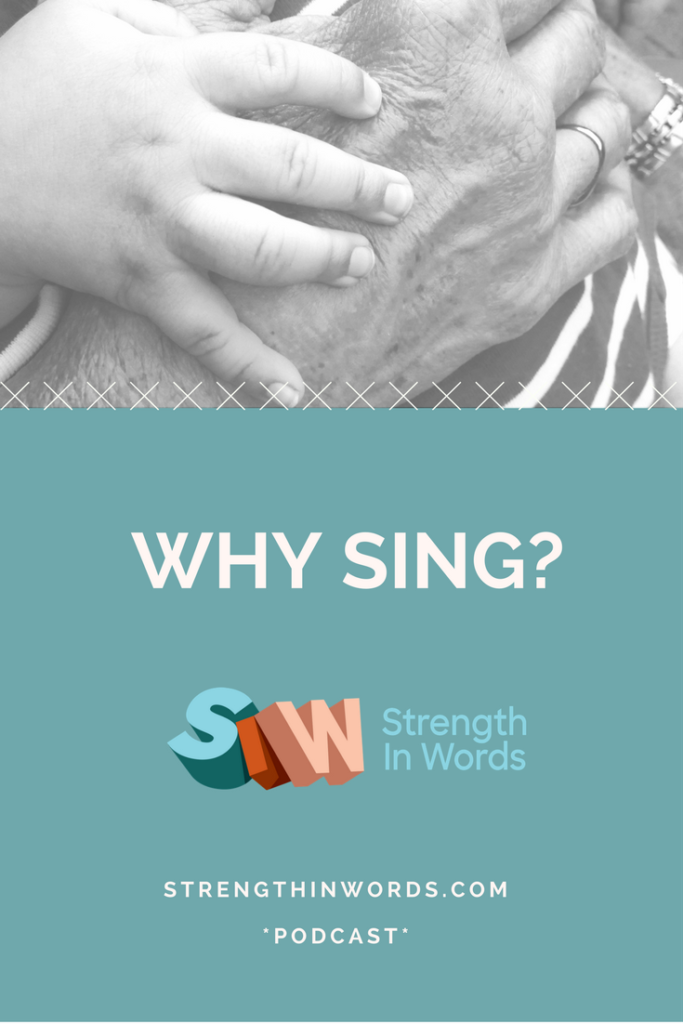Why do we sing to young children? What is it about music?

In this episode, Ayelet discusses some of the innate ways speech, language, and music are connected. Music is the framework used to connect with young children here at Learn With Less, and in this episode of the podcast, you’ll learn about some of the ways that’s done.
Below is the transcript of this week’s “Developmental Thought,” an excerpt from the full episode.
For additional information, music, play ideas and the complete interactive family experience, please listen to the entire episode.
As parents and caregivers, we hear people say things like, “oh, play music for your baby,” “sing to your baby!” We hear, “it’s important and useful to expose your baby to music and rhythms and songs…” but WHY?
>>Don’t Miss Our Corresponding Blog Post!<<
There’s a term that is often used in early learning and child development, called “joint attention” – this is essentially the shared attention between you and your child upon another “thing” – an object or event.
It’s not merely that you are both looking at the same thing, but that you’re both using words, gestures, gaze, or other non-verbal communication to understand that you’re both interested in the same object or event.
This is a crucial piece of communication (and something that usually happens sometime in the later part of the first year of life), and also it’s crucial to the act of being musical in a group.
When we sing to our young children, we are modeling:
- Vocabulary and phrasing patterns or grammatical structures (sentences, questions / commands / statements)
- Expressions of feelings and thoughts (through our physical actions, words, tone of voice, and facial expressions)
- Attention and listening skills – hey, you’re not just entertaining your child! You’re interacting uninterruptedly with a focus! Think about how rare this kind of interaction is becoming in the age of technology!
So, good work!
Connect With Us:
Ayelet: Facebook / Instagram / Pinterest

